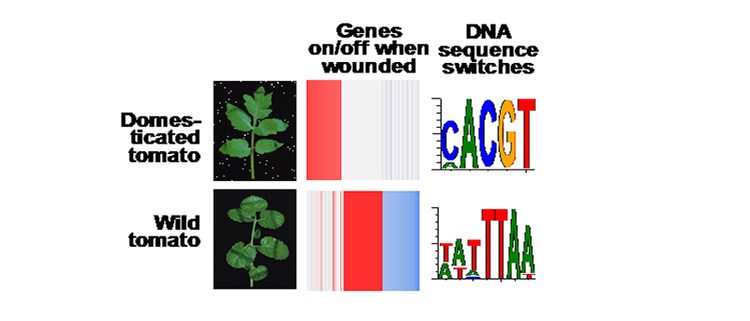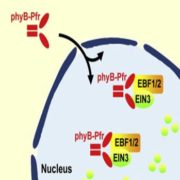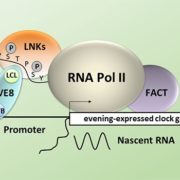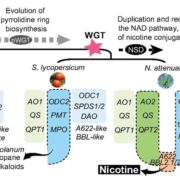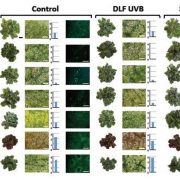Evolution of Gene Regulation During Domestication
Liu, et al. examine how wound response and its control mechanism differs between domesticated and wild tomato. Plant Cell https://doi.org/10.1105/tpc.18.00194.
By Ming-Jung Liu and Shin-Han Shiu
Background: Two related species accumulate differences between each other over time. If one of the species is domesticated due to human selection of desirable traits, the domesticated species experiences a “bottleneck” where many traits present in the related wild species are lost because only a few individuals are targeted for selection. For example, domesticated tomato has a weaker defense response to wounding and insect feeding compared to wild tomato species that separated from the domesticated tomato ~3 to 7 million years ago. One of the major reasons for this difference lies with genes that are turned on and off differently due to evolution of short DNA sequences that are like molecular switches.
Question: We wanted to know how wounding leads to different genes being turned on and off in domesticated and wild tomatoes, which DNA sequence “switches” are important for this response, and how these sequence switches differ between species.
Findings: We found that thousands of genes were turned on or off differently in response to wounding between domesticated and wild tomato species. We found hundreds of potential DNA switches associated with this set of genes, and nearly half of them were unique to one species or the other. Our findings indicate a large difference in how these two plant species turn genes on/off in response to wounding; for example this difference is much greater than similar comparisons between human and mouse genes, which were separated from a common ancestor roughly 100 million years ago.
Next steps: Another important component in the fine control of turning genes on and off is the proteins that recognize these DNA switches. Thus, the next important step is to identify which proteins bind to these DNA switches and determine to what extent these proteins differ across species. In addition to gaining understanding of evolution, this knowledge could aid crop breeding towards producing more robust varieties.
Ming-Jung Liu, Koichi Sugimoto, Sahra Uygun, Nicholas Panchy, Michael S. Campbell, Mark Yandell, Gregg A. Howe and Shin-Han Shiu (2017). Regulatory divergence in wound-responsive gene expression between domesticated and wild tomato. Plant Cell https://doi.org/10.1105/tpc.18.00194.


